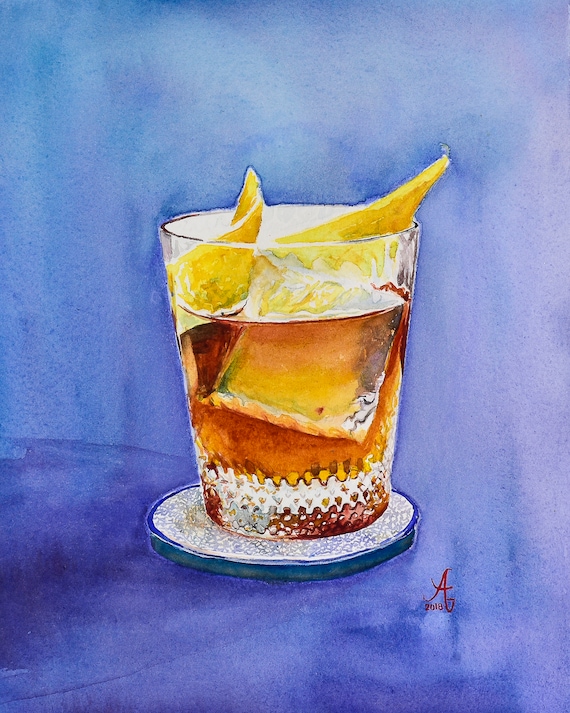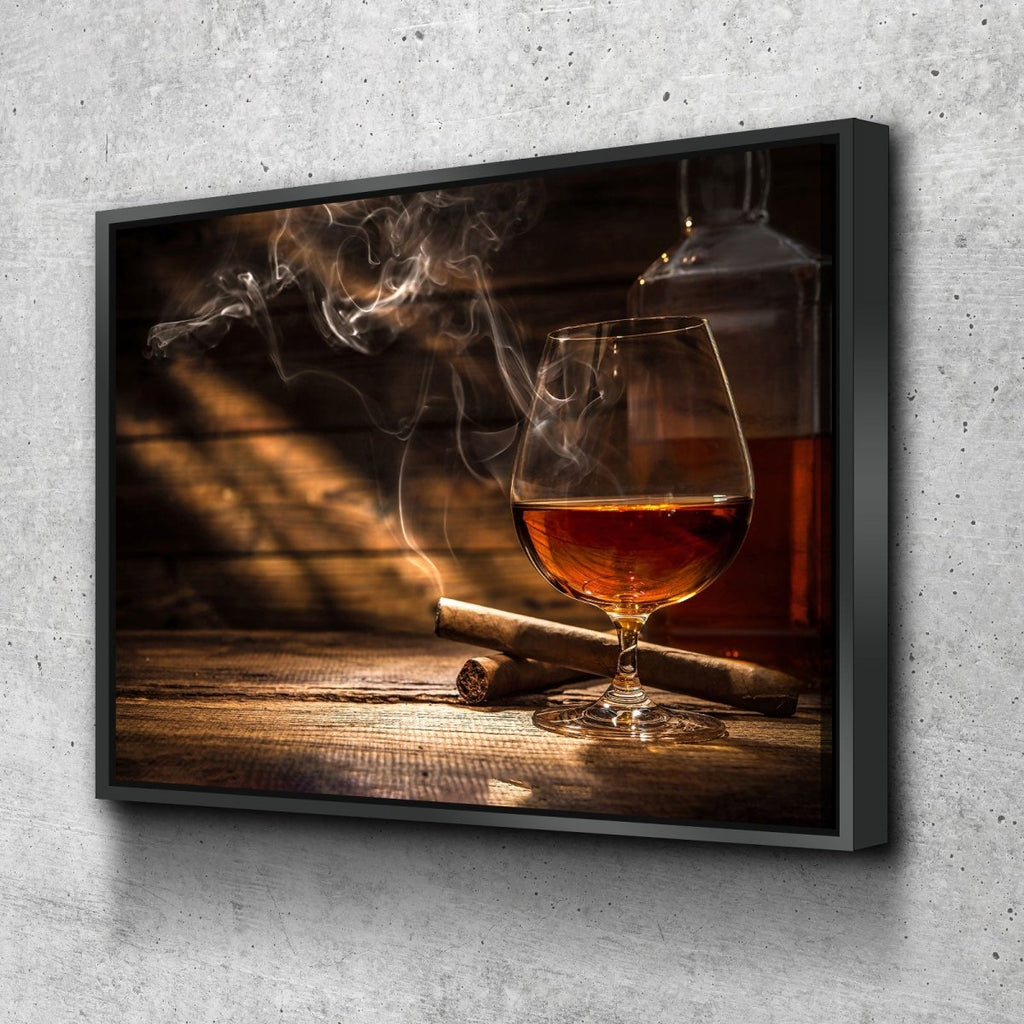The Relevance of Whiskey Art in Celebrating Heritage and Workmanship in the Beverage Sector
The intricate connection in between scotch art and the event of heritage and craftsmanship within the drink market can not be overemphasized. Through thoughtfully made labels and bottles, scotch brand names envelop their historic roots and the artisanal abilities that define their production methods.
The Historic Origins of Whiskey
At the heart of bourbon's allure exists an abundant tapestry of historical roots that map back to ancient worlds. The origins of whiskey can be linked to the distillation techniques of the Sumerians and Babylonians around 2000 BCE, where early forms of fermented grain beverages began to emerge. It was in the Center Ages that the art of purification advanced substantially, especially in Ireland and Scotland, leading to the production of scotch as we understand it today.
The term "bourbon" itself acquires from the Gaelic word "uisce beatha," implying "water of life." This phrase underscores the social importance of bourbon in Celtic societies, where it was frequently connected with routines, celebrations, and common bonding. By the 15th century, purification ended up being a recognized craft within monastic neighborhoods, paving the means for the facility of lawful distilleries.
As trade routes increased, whiskey's appeal grew, going beyond local limits and recording the passion of lovers worldwide. Limited Edition. This historical journey shows not only the craftsmanship behind bourbon production however additionally its integral duty in social and cultural contexts, marking it as a considerable drink throughout history
Artistic Expression in Branding
Whiskey branding stands as an engaging junction of virtuosity and business, where visual identification plays an essential function in shaping customer assumption. The appearances of whiskey tags, packaging, and advertising and marketing products mirror not just the brand name's tale but additionally its core worths and heritage. Via imaginative expression, distilleries convey a narrative that reverberates with consumers, evoking feelings and stimulating links.
Using color, typography, and imagery in branding offers to differentiate products in a saturated market. Standard concepts might stimulate a feeling of credibility and workmanship, while contemporary designs can symbolize development and forward-thinking. This tactical imaginative direction improves brand recognition and loyalty, enabling consumers to build an individual partnership with the whiskey they select.
Moreover, creative expression in branding typically works as a celebration of local heritage. Distilleries often integrate local signs or historical referrals right into their layouts, producing a local color that welcomes consumers to partake in a broader cultural experience. Eventually, the creativity behind scotch branding not only boosts aesthetic appeal yet additionally enhances the overall story of the brand, fostering a deeper admiration for the workmanship and heritage embedded in each bottle.
Craftsmanship in Bottle Style
The creativity apparent in whiskey branding extends beyond aesthetic identity to incorporate the craftsmanship involved in bottle style. Each bottle serves as a vessel not just for the spirit within, however likewise for the tale it informs concerning its tradition, quality, and origin. The style process requires careful focus to information, as aspects such as shape, material, and closure contribute check that dramatically to the general understanding of the whiskey.
Craftsmanship in container style includes picking premium glass that can improve the scotch's color and quality, while likewise offering a tactile experience for the customer. The shape of the bottle must be both cosmetically attractive and functional, frequently reflecting the heritage of the brand name. Numerous distilleries go with one-of-a-kind forms or embossed logos that see page evoke a feeling of authenticity and background.
Furthermore, the label style and typography play an important function in connecting the brand name's narrative. Realism Art. A well-crafted container not only captivates the customer's eye but likewise reinforces the brand name's commitment to high quality and tradition. By doing this, the craftsmanship of container design ends up being an important facet of the whiskey experience, combining virtuosity with a profound regard for heritage
Cultural Value of Whiskey Art
Commemorating custom and workmanship, the cultural relevance of whiskey art transcends simple looks, intertwining with the social and historical narratives of the areas from which it comes from. Each container serves as a canvas, illustrating the unique stories, folklore, and traditions that have formed neighborhood whiskey-making practices. The complex designs commonly reflect the heritage of the distillers, including signs and motifs that resonate with the society and worths of their areas.

Additionally, scotch art plays a vital function in public celebrations and celebrations, serving as a substantial link in between individuals and their shared experiences. By valuing the creativity in bourbon packaging, consumers grow a deeper understanding and respect for the craft, eventually enriching their satisfaction of the beverage itself.
Modern Trends in Whiskey Presentation
In recent years, the presentation of scotch has actually developed to show modern tastes and fads while still honoring standard workmanship - Whiskey Art. Distilleries are progressively concentrating on aesthetic elements that improve the general alcohol consumption experience, linking the gap between heritage and modernity
Ingenious container layouts have actually arised, typically including lasting products and artistic labels that tell compelling stories. Numerous brand names currently work together with neighborhood musicians, instilling their items with one-of-a-kind aesthetic expressions that reverberate with customers. Additionally, limited-edition releases are frequently packaged in collectible containers, adding value and charm for lovers.

Conclusion
Finally, scotch art offers as an essential conduit for revealing the heritage and craftsmanship fundamental in the beverage market. Via intricate branding, innovative bottle styles, and culturally substantial imaginative components, whiskey brand names effectively honor their traditions and get in touch with consumers. This creative narrative not only raises the recognition of bourbon yet additionally enhances area identification and pride among producers. Ultimately, whiskey art plays a necessary duty in preserving and commemorating the abundant cultural tapestry of whiskey-making.


Craftsmanship in bottle layout entails choosing premium glass that can enhance the whiskey's shade and clearness, while also giving a responsive experience for the consumer. In this method, the craftsmanship of container design becomes an essential element of the whiskey experience, combining creativity with a profound regard for heritage.
In final thought, whiskey art offers as an important avenue for expressing the heritage and workmanship intrinsic in the beverage market.